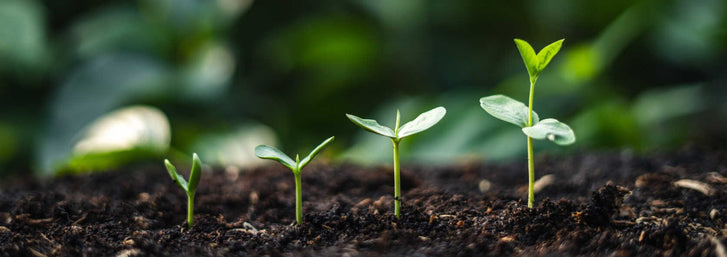
Jordan Freytag


Even heat-hardy plants sometimes need a break from the nonstop sun. Even if you keep the soil evenly moist by using lots of soakers or drip irrigation hoses covered or cover the soil with a thick layer of mulch, many vegetables will stop producing fruit in extreme heat. For example, temperatures in the 90s cause many beans to hold back their flowers. Also, many tomatoes, peppers, and eggplants start having trouble completing the pollination process when temperatures rise above only 86°F.
Well placed shading covers are often used to help cool down your plants on those hot summer days. Shade covers can be made from old sheets, old window screens, or buy shade cloth at your garden center. You want the shade cover to be several inches above the plants to keep them from retaining heat. Construction of a shade covers is simple just tie or staple the cloth to wood stakes. If plants are too tall for a shade cover to go over the plants. Simply situate a sunscreen alongside them to shield their bases from afternoon sun.
Do not forget about those containers! Move them into the shaded part of your porch or under a large tree, or take them inside during the worst of the heat.
Leave a comment
Your email address will not be published. Required fields are marked *
0 Comments
No Comments yet! Be the first to start a conversation
Further Reading

Reviewing the Aquatree Garden: A True Leaf Market Experience
The AquaTree Garden is an innovative growing experience! This nifty appliance allows you to grow leafy greens, microgreens, herbs, large sprouts, and vegetable starts (like tomatoes) all at once! When it comes to indoor gardening, there is no question ...

Ashleigh Smith
2024-04-225 min read1
Parasitoid Wasps: A Beneficial Insect in the Garden
Written By Lara Wadsworth There are estimated to be around one million different species of parasitic wasps worldwide. In fact, most wasps are parasitic, which means they live on or in a host at the host's expense. For common garden pests like aphids, ...

Ashleigh Smith
2024-04-226 min read0
Succession Planting: The Key to a Continual Harvest
Do you find yourself harvesting large amounts of any given vegetable from your garden all at once? There is a solution! The practice of succession planting, or planting in segments over a period of time, allows you to harvest root vegetables, leafy gre...

Ashleigh Smith
2024-04-223 min read1
10 Natives of the Southwest USA for Pest Control
Written By Lara Wadsworth The Southwestern United States is a region incredibly unique to the rest of the country. The hot, dry weather can be challenging for plants and animals to thrive without additional help. That is why gardening with natives can ...

Ashleigh Smith
2024-04-157 min read0



